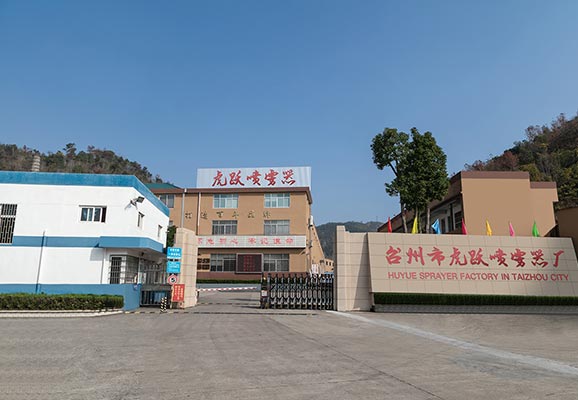What Are Manual Sprayer Pumps?
Manual sprayer pumps are a type of pump used in various types of sprayers, including knapsack sprayers and hand-held sprayers. They are operated manually by the user and do not require any external power source to function.
There are several types of manual sprayer pumps, including:
Piston pumps: Piston pumps use a piston and cylinder to create pressure inside the tank. When the pump handle is moved back and forth, the piston moves within the cylinder, creating pressure that forces the liquid out of the nozzle.
Diaphragm pumps: Diaphragm pumps use a flexible diaphragm to create pressure inside the tank. When the pump handle is moved back and forth, it causes the diaphragm to flex, creating pressure that forces the liquid out of the nozzle.
Lever pumps: Lever pumps use a lever that is pushed back and forth to create pressure inside the tank. When the lever is pushed down, it compresses a spring or piston, creating pressure that forces the liquid out of the nozzle.
Plunger pumps: Plunger pumps use a plunger that is moved up and down to create pressure inside the tank. When the plunger is moved up, it creates a vacuum that draws liquid into the pump, and when it is moved down, it creates pressure that forces the liquid out of the nozzle.
Manual sprayer pumps are simple and reliable, and they are ideal for small-scale spraying applications where portability and convenience are important. They are also relatively inexpensive and easy to maintain.
What Are Examples Of Manually Operated Sprayers?
Knapsack sprayers: These are backpack-style sprayers that are worn by the user. They are commonly used in agricultural applications to spray crops with pesticides, herbicides, or fertilizers.
Hand-held sprayers: These are small, portable sprayers that are held by the user. They are commonly used for household or garden applications to spray plants with insecticides, herbicides, or other liquids.
Compression sprayers: These are sprayers that use a manual pump to build pressure inside the tank. They are commonly used in both agricultural and household applications to spray liquids.
Foggers: These are sprayers that generate a mist or fog of liquid droplets. They are commonly used in pest control applications to distribute insecticides or disinfectants in enclosed spaces.
Trigger sprayers: These are small, hand-held sprayers that are operated by pulling a trigger or squeezing a lever. They are commonly used for household cleaning and personal care applications.
All of these sprayers rely on manually generated pressure to force liquid out of the nozzle and onto the target surface. They are relatively simple to operate and maintain, making them a popular choice for small-scale spraying applications.

